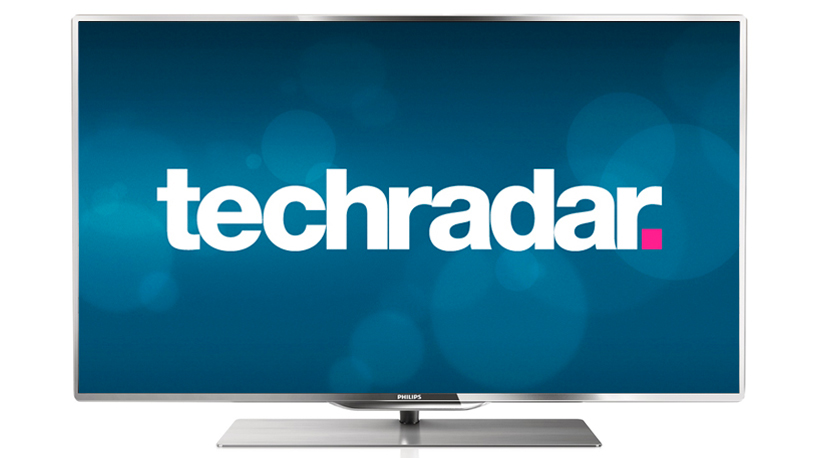TechRadar Verdict
Pros
- +
Two-sided remote
- +
Pin-sharp 2D
- +
Fluid 3D
- +
Lavish connectivity
Cons
- -
Smart TV lacks polish
- -
Only one pair of 3D specs
- -
Major features hard to find
- -
Some 3D crosstalk
Why you can trust TechRadar
Philips TVs may now be marketed by Taiwanese company TP Vision, but the old Dutch master of the high-end LCD TV has once again come up with something genuinely different in the Philips 46PFL7007.
Late to the market it may be (most brands launch their wares in March), but forgiveness is almost instant; sporting one of the best edge LED-backlit screens we've seen so far, this 46-inch TV from the brand's 7000 Series piles on three unique extra features.
A remote control that has a QWERTY keyboard on its back - a logical offering in these days of regular text-input to YouTube, Twitter and web browser apps on TVs - is joined by five HDMI inputs (previously unheard of on any TV we know of) and that signature Philips feature, Ambilight.
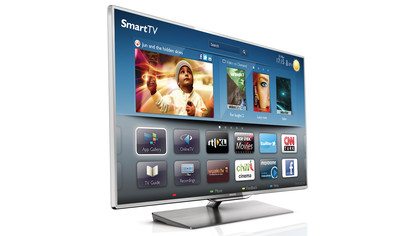
These strips of Ambilight LEDs along the sides of the TV's rear throw ever-changing coloured light in sympathy to the colours on the TV screen, on to surrounding walls.
It's a Philips-only feature that we love, and it's on the Philips 46PFL7007 in its stereo Ambilight Spectra 2 incarnation. If you have bold coloured paint on your living room walls, you can rest easy; choose the closest shade on a small palette graphic and the Philips 46PFL7007 will tweak the Ambilight output to compensate.
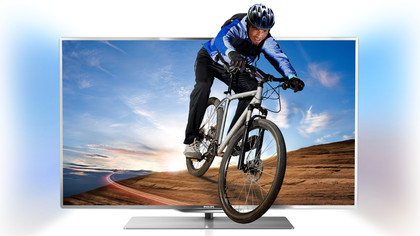
The rare good looks continue on the hardware itself. Its slender design achieves a depth of 29.8mm (1.2 inches) and the slinky brushed aluminum bezel is a mere 5mm (0.2 inches) - though it tapers backwards to around twice that.
But just as impressive is that other Philips characteristic; great build quality. There are none of those plastic-masquerading-as-metal ideas that dominate most brands' TVs.
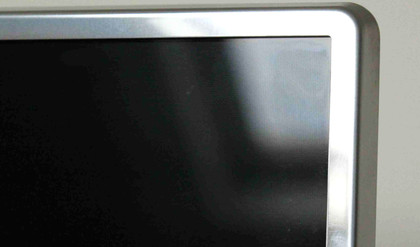
Where Philips has sought to catch up with its rivals is with its newly refreshed, dual-core-powered and Wi-Fi-fueled smart TV hub, which has received a plethora of apps and services.
The user interface gets a refresh, too, though its basic architecture remains. Elsewhere this is a serious all-rounder, with Philips' Pixel Precise HD processing accompanied by 800Hz Perfect Motion Rate (though it is actually a 200Hz screen refresh rate beefed up by a scanning backlight) and active shutter 3D, which Philips calls '3D Max'.
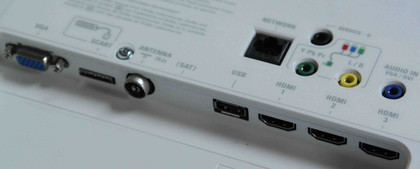
The use of this tech enables the 3D specs (of which there is sadly only one pair in the box) to enter two-player full screen gaming mode. However, it's the almost plasma-like Micro Dimming of its LED backlighting that's the hero of the day.
Also available
Philips only deals in LED-backlit LCD TVs. The 46-inch Philips 46PFL7007 is the central pillar in a three-strong 7000 Series, priced at £1,500 (around AU$2,340/US$2,422). The series also includes the 40-inch Philips 40PFL7007 and 55-inch Philips 55PFL7007.
'Easy 3D' - code for passive 3D tech that requires cheap cinema-style 3D specs - features on the Philips 6000 Series.
Comprised of the 32-inch Philips 32PFL6007, 42-inch Philips 42PFL6007, 46-inch Philips 46PFL6007 and 55-inch Philips 55PFL6007, the 6000 Series still manages to offer a relatively advanced 400Hz mode, along with smart TV apps and four pairs of Easy 3D specs.
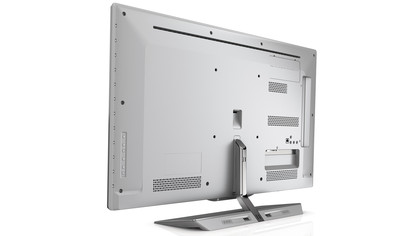
Higher up, the 8000 Series - starring the 40-inch Philips 40PFL8007, 46-inch Philips 46PFL8007 and Philips 55-inch 55PFL8007 - adds some upgrades; Perfect Pixel HD and an extra pair of 3D specs.
At the pinnacle is the 9000 Series, a premium television collection that includes only the 46-inch Philips 46PFL9707 and 60-inch Philips 60PFL9707. Not scheduled to be released until November, here you'll find the awesome Moth Eye 'bionic' filter alongside the Pixel HD Engine, Micro Dimming Premium and Bright Pro.
Jamie is a freelance tech, travel and space journalist based in the UK. He’s been writing regularly for Techradar since it was launched in 2008 and also writes regularly for Forbes, The Telegraph, the South China Morning Post, Sky & Telescope and the Sky At Night magazine as well as other Future titles T3, Digital Camera World, All About Space and Space.com. He also edits two of his own websites, TravGear.com and WhenIsTheNextEclipse.com that reflect his obsession with travel gear and solar eclipse travel. He is the author of A Stargazing Program For Beginners (Springer, 2015),
